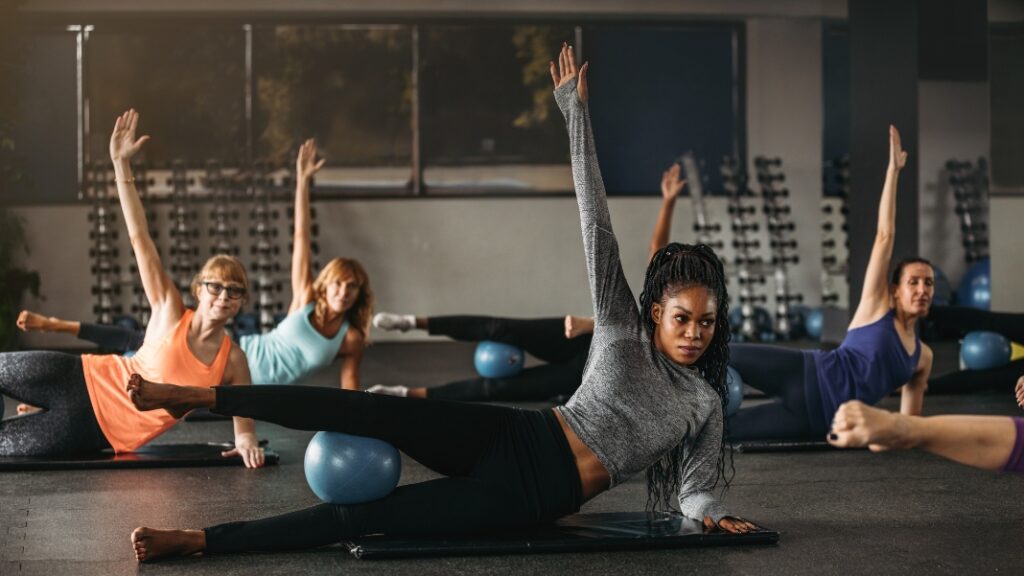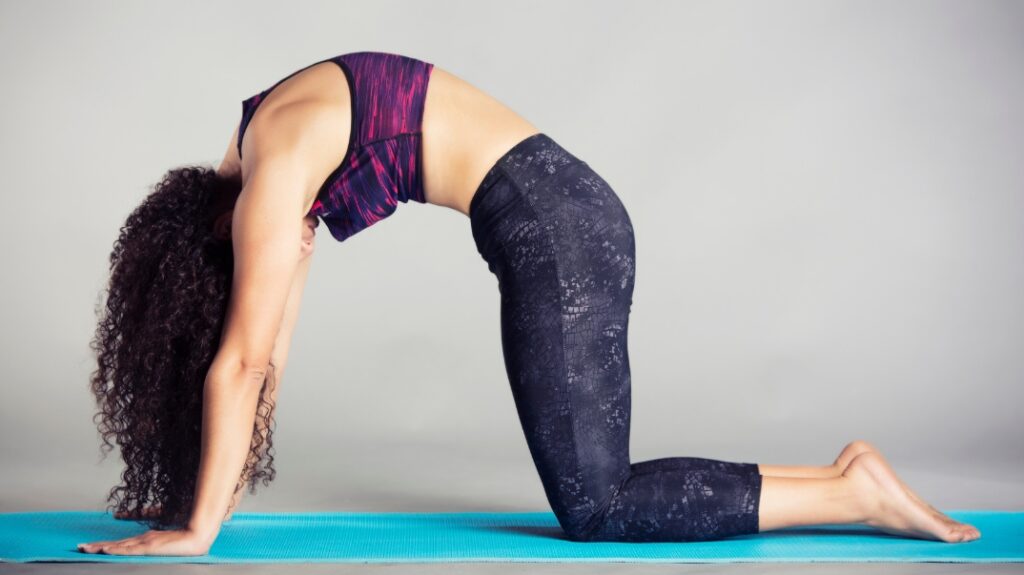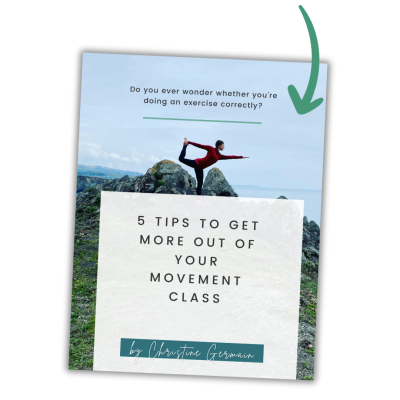Three Tips for Returning to Training, After a Long Break, Injury Free

What regimen should you adopt, when returning to training after a good time out, to maximize results and minimize the risk of injury?
Now is the time of the year to start thinking about new resolutions.
Have you been thinking about starting a new activity?
Or are you considering returning to your favorite sport or practice?
Has it been several weeks, months, or even years since you last put on your skates, skis, or your running shoes?
Our brain often remembers how fun it was when we played our favorite sport or activity.
If you’ve taken a break, even if it wasn’t very long, you’re not at the same level of conditioning you were when you stopped.
Starting again too quickly could create a greater risk of injury.
I offer you some tips below to maximize your return to training for a sustainable practice.
1) Revisiting the Basics
2) Sharpen Your Critical Thinking Skills When Participating in a Class
3) Gradual Progression: To Decrease the Risk of Injury
Our enthusiasm and motivation are often at their peak when starting an activity.
However, we forget that we have changed.
Factors that may have impacted our current condition:
Our work habits (hello tele-work and more time sitting) have changed.
The weather can have an effect on how our body feels.
We had a child.
We did a different training for awhile.
We have aged since the last time we did the activity we are about to get back to.
We had a difficult emotional phase.
We just had a period where we were more sedentary and less in our body.
Our body and mind need to readjust to what we are asking of them. Visualization, mental preparation, and being fully present are important factors that can contribute to performing our sport, in a sustainable way and injury free.
Take extra time to prepare well and be sure to include slow movements in your warm-up, similar to what you will do during your activity. In this way, you cultivate the body, the mind and the neuropathways (the threads that connect the brain to muscles and muscles to the brain).
An example would be to do gentle rotations of the torso before sports which require rotations or twists, such as baseball, golf, or hockey. Warm up your wrists and fingers well if you are preparing for circus arts or rock climbing. Activate your ankles if you are about to run or dance.
Of course, it is important to warm up the whole body. Mindful slower movement before following instructions or engaging in a game will allow you to be better prepared and have more fun.
So congratulations if you choose to return to training and choosing you! Moving is the best gift that you can offer to yourself, if it is done with respect towards yourself and others.
So Remember:
- Go back to the basics, with a beginner’s mind.
- Sharpen your critical thinking when taking a class, in order to give yourself the ability to adapt a movement so that it is accessible to you.
- Don’t forget to give yourself permission to take breaks.
- Warm up in a targeted way towards your activity, so that you are better prepared.
And at the end of your training, take a moment to “cool down”, to come back to yourself by stretching and relaxing the muscles that have been worked.
By being better prepared, you decrease the risk of injury, and therefore you allow for the healthy living to last, by wanting to do it again tomorrow, next week, and throughout the year.
Follow me on social media where I offer more tips throughout the year to motivate, educate and improve your quality of life!
GET YOUR FREE PDF: “5 Tips to Get the Most Out of Your Movement Class”

Photo Credits: Canva


